Furthermore, Lesley’s post reminded me about how these same books were influential in the reading lives of my three daughters. All of them read a great deal growing up and continue to read as adults. (I think there might be a possible guest blog post from them about their childhood and adolescent reading habits.) I was never a big fan of all of those Sweet Valley High books that kicked around the house, but they helped make great readers. I know that you will enjoy Lesley’s post and I hope it not only sends you down memory lane, but will encourage you to include her suggestions in your classrooms and library shelves.
Now, its your turn, Lesley.
Besides Nancy, Jo, and Anne, there were not many strong female teen characters in the 1960’s. There were biographies of famous adult women but those didn’t provide an adolescent with teen examples. Luckily, there were numerous Nancy Drew casebooks—and I owned and read them all, Anne of Green Gables appeared in eight novels, and I read and re-read Little Women innumerable times. I am sure there were others characters who inspired me but have faded in memory, but I distinctly remember WWND (What Would Nancy Do?) always in the back of my mind. Nancy Drew was independent, with a supportive family, and supported by her friends, intelligent, determined, and spirited. Although the series was created by Edward Stratemeyer, there were definite female influences on the character and story lines. Mildred Wirt Benson, the first Carolyn Keene, was the ghostwriter of the first eight novels as well as many others, and, after he died, Edward Stratemeyer’s daughters took over the syndicate, and Nancy.
While these characters were inspiring to an adolescent reader, they did not face, and conquer, the same problems as I: mean girls, feelings of alienation, membership in a minority group, negative body image, small town to big college transition. My peers faced such challenges as physical differences and physical difficulties.
In contemporary novels, strong female characters demonstrate resilience over a variety issues and concerns—facing challenges, traumas, and adversity in diverse forms. These are characters who mirror the issues that are faced by current adolescent girls and who provide models and maps for navigating those problems. Characters who are their own persons, make hard choices, and have defined their moral codes, sometimes against the majority, sometimes at great cost.
I have to say that my favorite strong girl is the half Japanese-half Black Mimi who faces racial prejudice and sexism in Marilyn Hilton’s Full Cicada Moon. The year is 1969, Neil Armstrong will be walking on the moon, and Mimi plans to become an astronaut. She enters the 8th grade Shop class in her Vermont school and is told that Shop is for boys; Home Ec is for girls. Sensing she needs this education for her future profession, she persists—and is suspended. When Mimi returns to school, her female classmates join her in a Shop class sit-in. An 8th grade biracial feminist fighting stereotypes!
The “new” Nancy Drew is still strong, intelligent, determined, and spirited, but she isn’t solving mysteries; she is surviving the complex issues of contemporary life.
Lesley can be contacted at: [email protected]
Thanks for following.
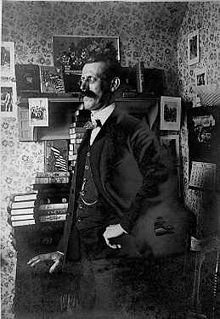
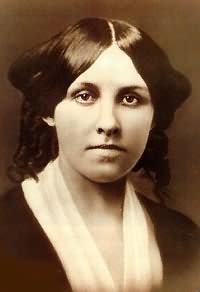

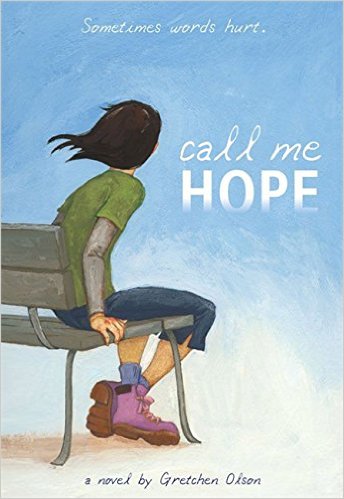








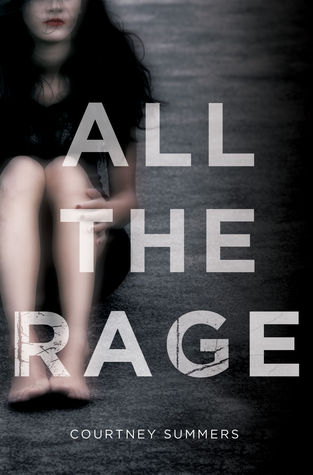








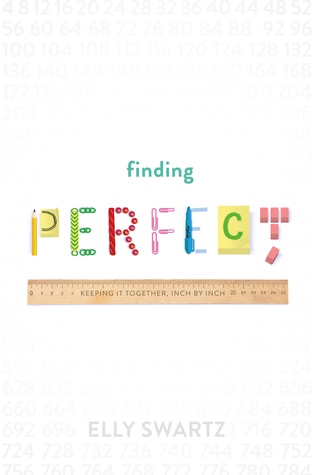









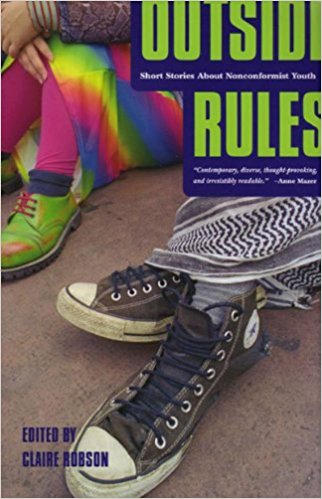





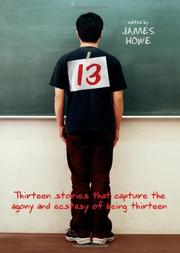
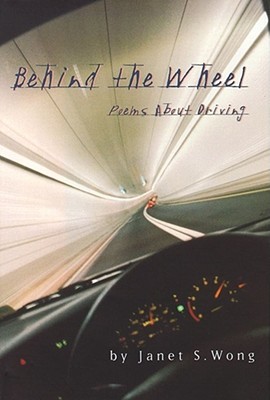
















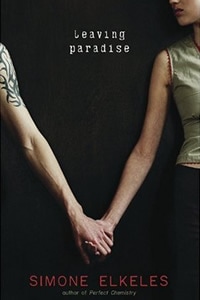




















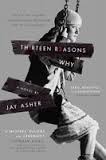

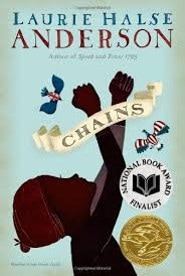


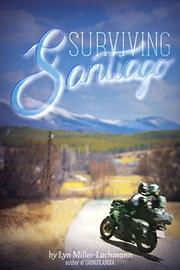



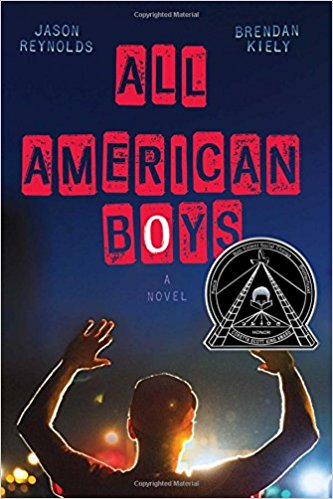





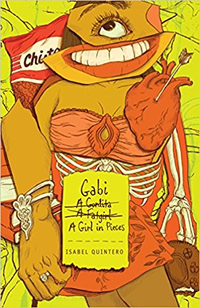




 RSS Feed
RSS Feed